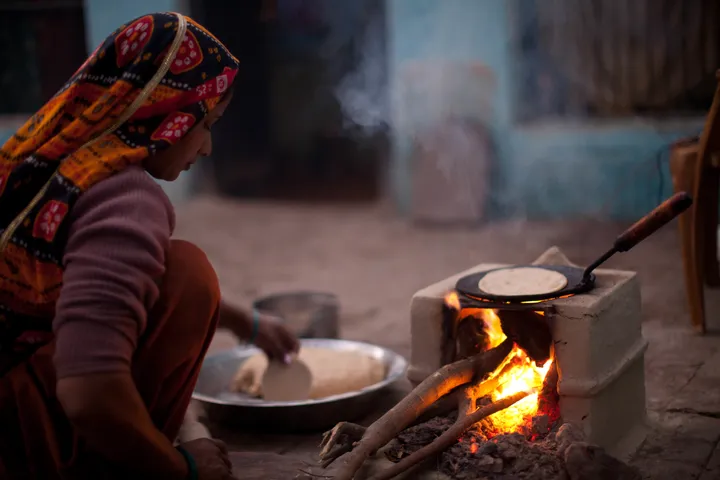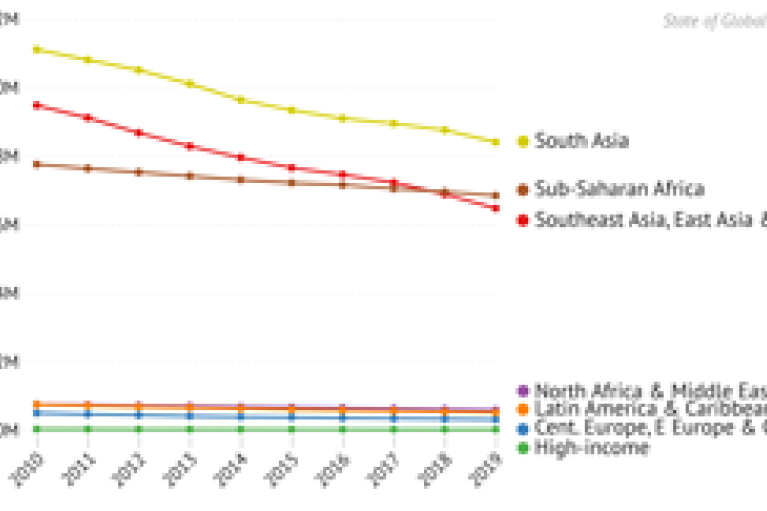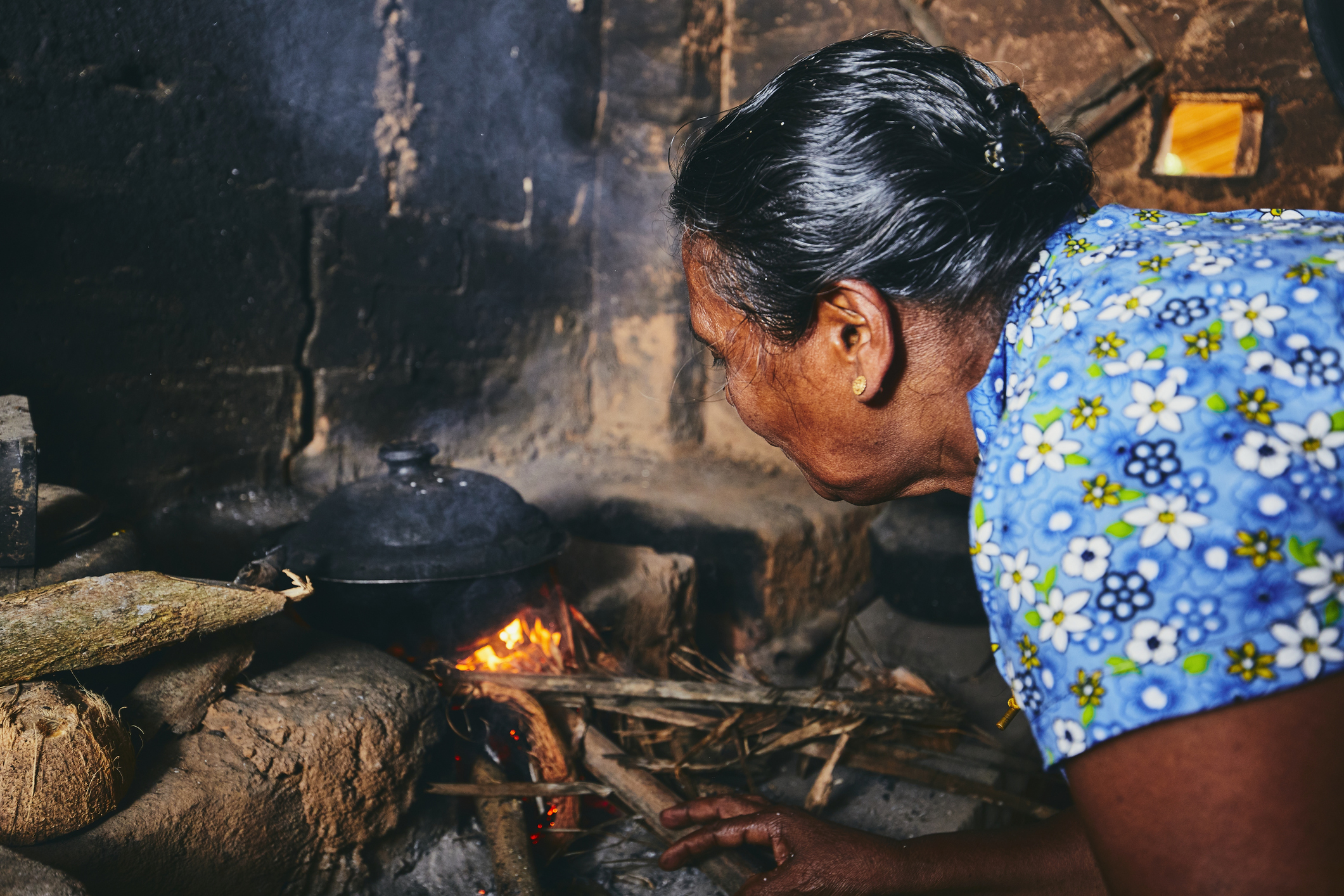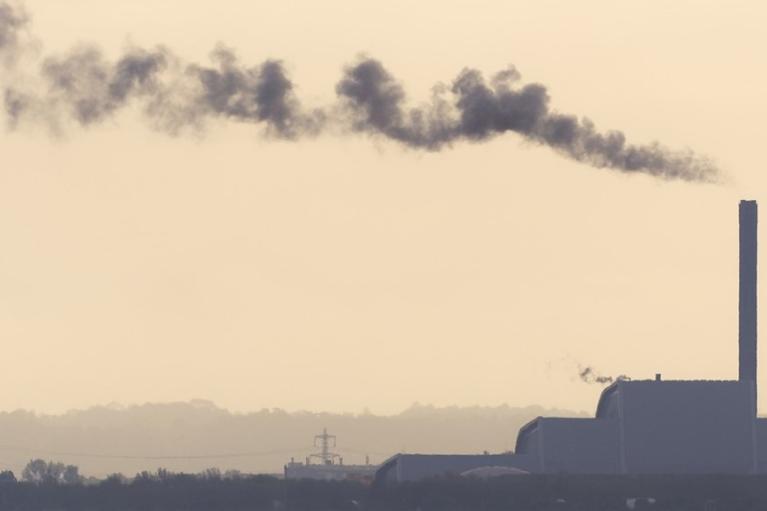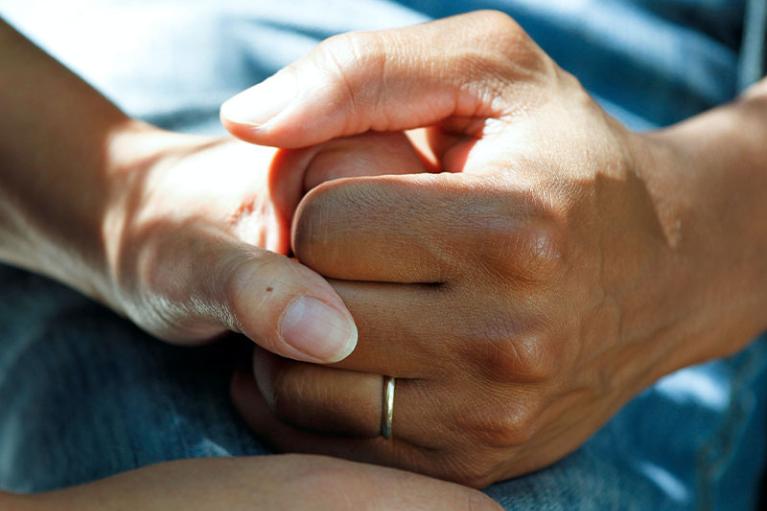About Household Air Pollution
Household air pollution is largely composed of fine particulate matter (PM2.5) that comes from burning fuels inside the home with limited ventilation. Our exposure estimates are based on the proportion of households that burn solid fuels like coal, wood, dung, or agricultural residues for cooking, all major sources of this pollution.
The health effects of exposure to HAP include an increased risk of ischemic heart disease, lung cancer, chronic obstructive pulmonary disease (COPD), lower respiratory infections (such as pneumonia), stroke, type 2 diabetes, and adverse birth outcomes. HAP is also associated with the development of cataracts.
Why it Matters
Nearly half the world’s population is exposed to household air pollution. In 2019, about 3.8 billion people were exposed to HAP, and 2.31 million people died from causes attributable to it.
HAP is also a leading cause of pollution-related deaths among babies in their first month of life. This accounts for almost two-thirds (64%) of the nearly 500,000 pollution-related neonatal deaths that occur globally each year.
HAP exposure is far higher in poorer countries than in wealthier ones. People living in less-developed countries more often rely on solid fuels that are subsidized or can be gathered locally, and many of these countries lack the infrastructure to provide clean energy cooking and heating solutions.
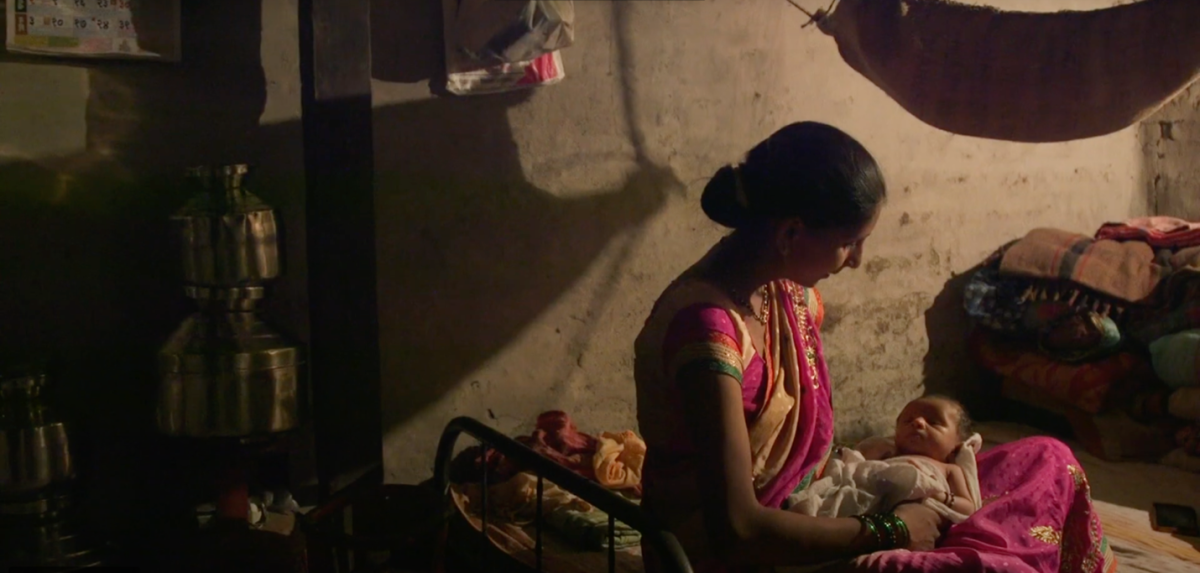
Household Air Pollution Trends
Overall, household air pollution exposures and deaths have fallen over the past decade. Global HAP exposures dropped 11%, and HAP-attributable deaths fell by 24% from 2010–2019.
The most notable improvements were seen in China and India, where aggressive campaigns led to widespread adoption of cleaner fuels. China reduced the percentage of its population exposed to household air pollution from 54% to 36%, while India reduced its percentage from 73% to 61%.
Progress has been slower in Africa. In several countries including Burundi, Mali, Tanzania, and Uganda, more than 90% of the population still relies on solid fuels for cooking. Several African countries have seen a rise in the number of people exposed to HAP despite achieving a reduction in the percentage of households relying on solid fuels. This is because population growth outpaced reductions in the use of solid fuels.
The solution to addressing household air pollution is simple and its impact is clear: improve access to clean cooking and improve public health. Additionally, reducing use of solid fuels for cooking can also help reduce short-lived climate pollutants.
